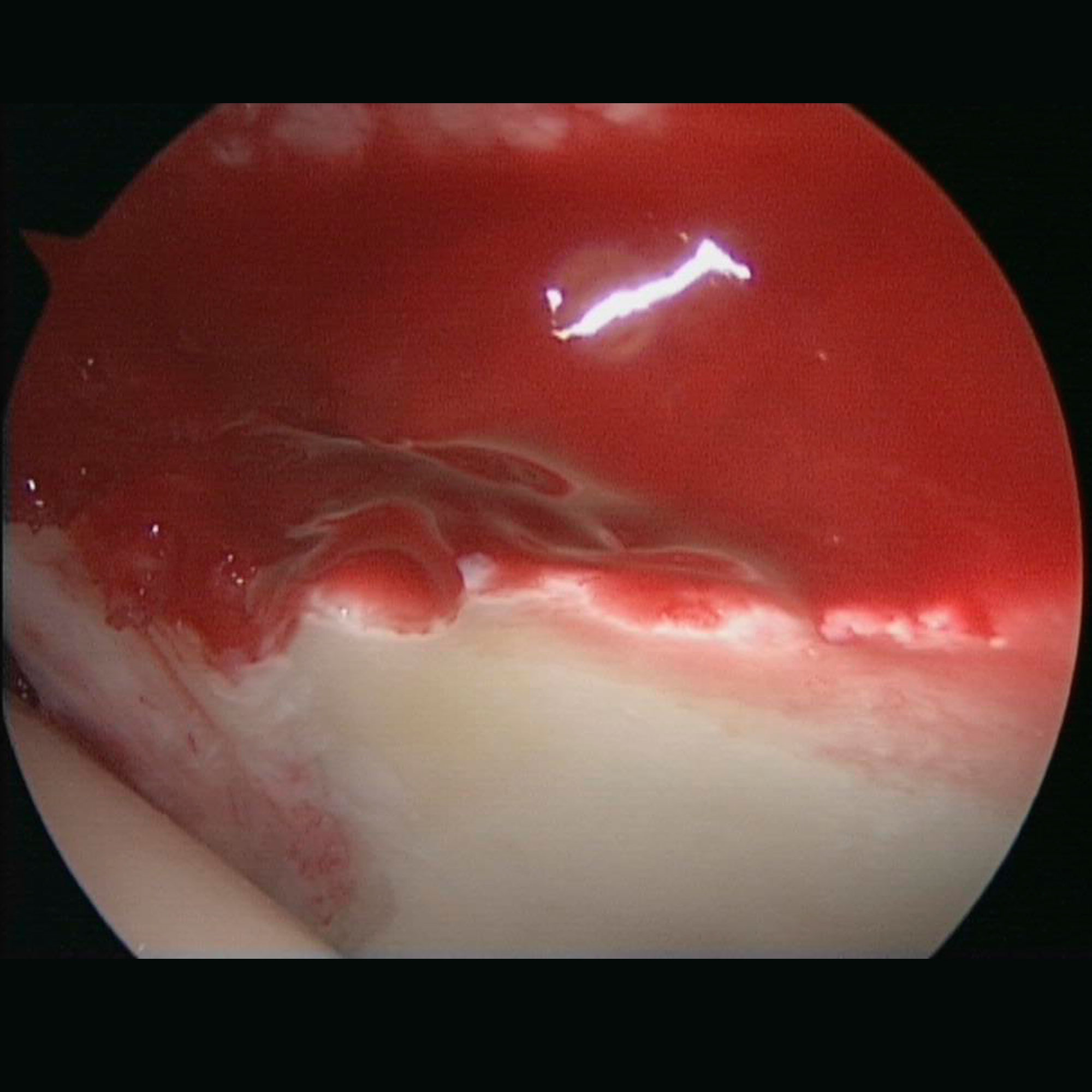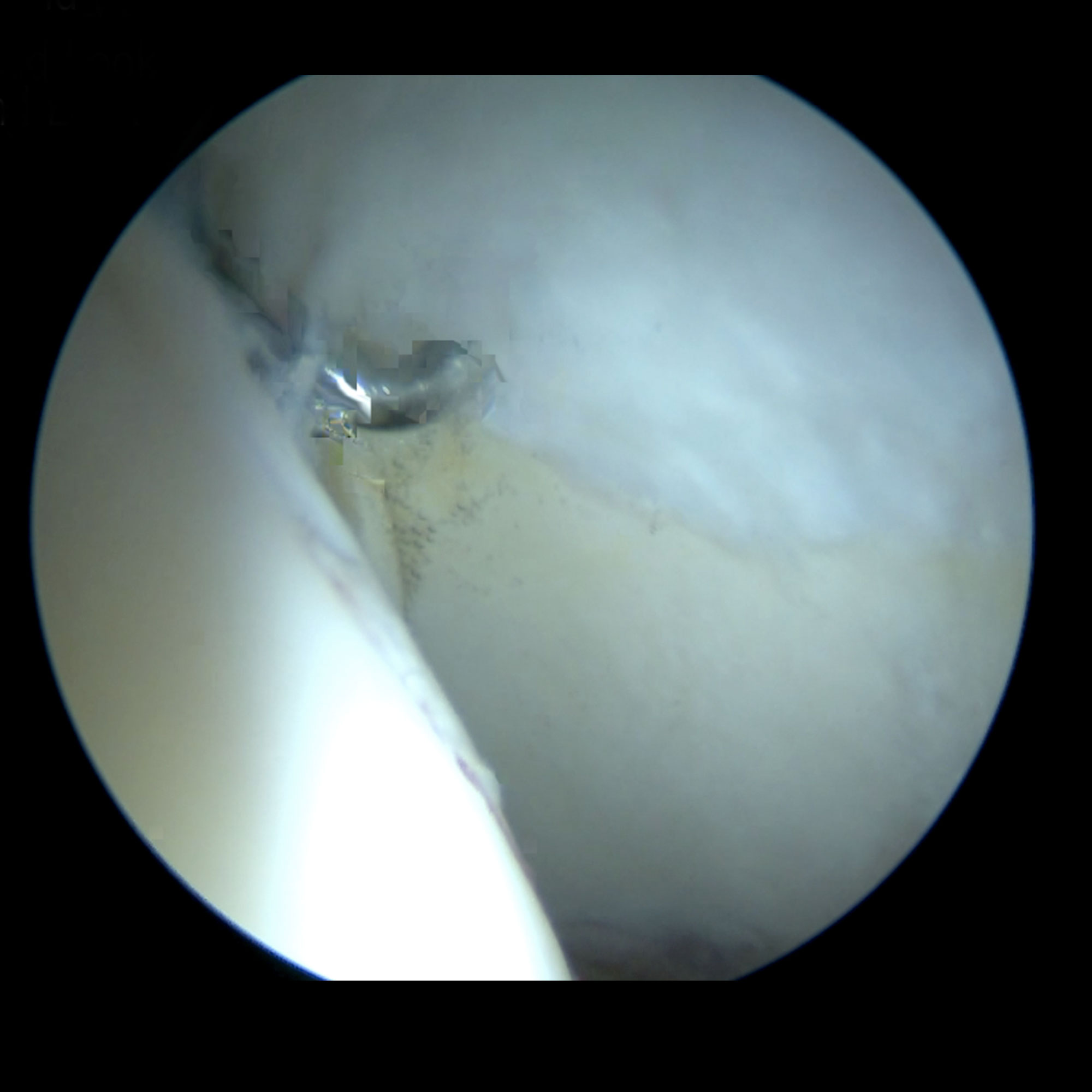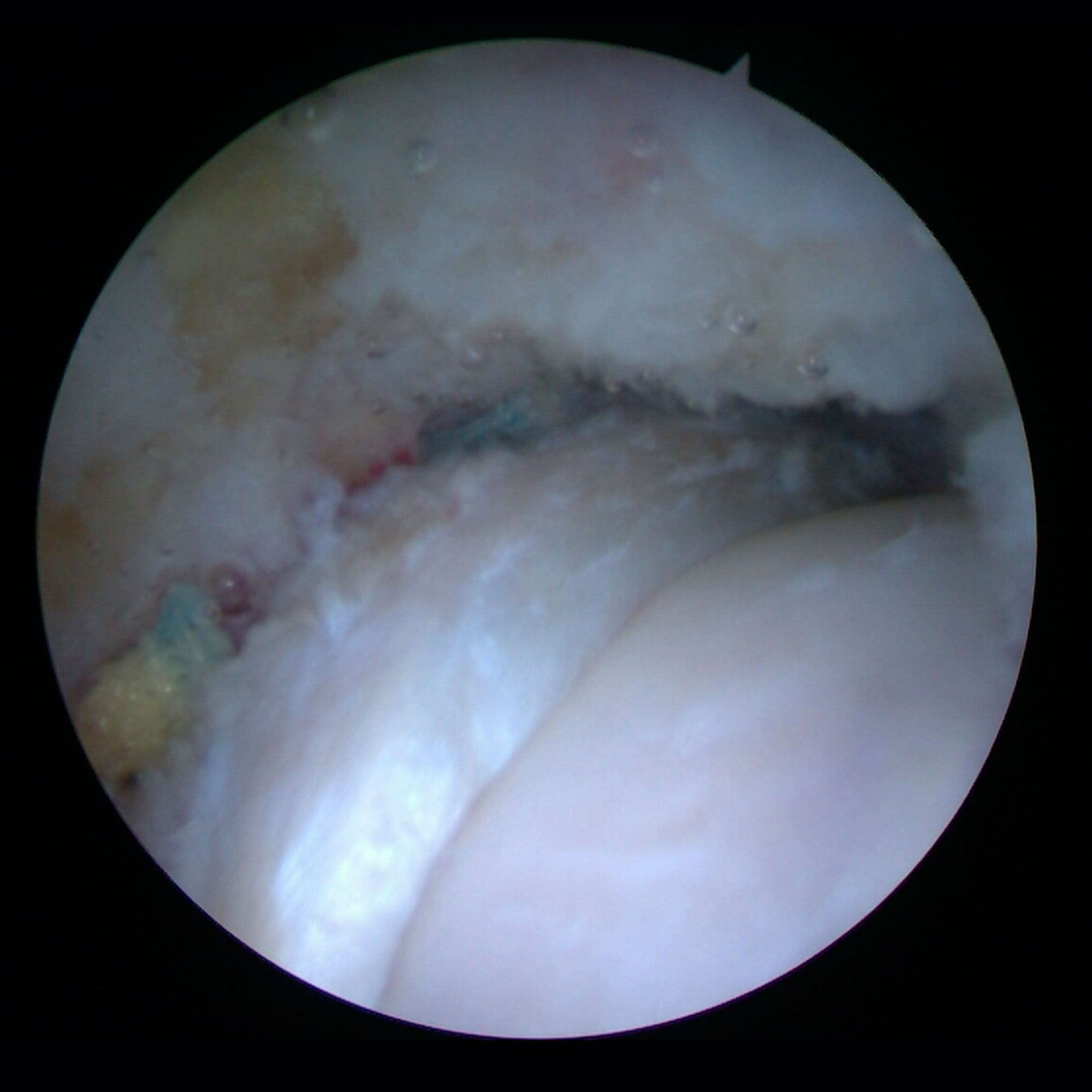The hip joint consists of 2 main parts: the head of the femur, and the acetabulum. When the hip is healthy, the cartilage that covers the components is smooth, soft and allows movement without pain. When the joint is diseased the cartilage deteriorates and the patient begins to feel pain, stiffness and function limitation, reducing the quality of life.
In some patients, especially the young and athletes, it may occur that certain bone lesions in both the femur and the acetabulum damage the noble structures of the joint, as are the labrum and cartilage. These lesions may end up producing a joint deterioration that will be the early onset of osteoarthritis if not treated early.
Hip arthroscopy is a relatively new surgical technique that allows the treatment of hip injuries, in or around, through two or three small incisions in the skin, of less than one centimeter.
Benefits of Hip Arthroscopy
This technique aims to treat hip problems that usually appear in patients who practice or have practiced sport and have a groin pain that before required far more complex surgery and longer recovery periods.
It is now possible to improve the symptoms of these patients, allowing them to return to their sports and avoid the development of early osteoarthritis of the hip.
Medical-Technical Description
Problems in the hip joint that can potentially be treated by arthroscopic surgery of the hip include:
- Femoro-acetabular or hip impingement: through arthroscopic techniques we can solve bone deformities that occur in this impingement on both the femur (CAM injury) and the acetabulum (PINCER injury) as well as all associated injuries at the level of articular cartilage and the acetabular labrum in a same surgical procedure. In this way we stabilize all those injuries we know that eventually may end up producing a wear of the joint and therefore osteoarthritis of the hip.
- Snapping Hip: can be solved with small incisions in the hip, both externally (in the trochanteric region) and internally produced by the tendon of the psoas muscle.
- Removal of articular loose bodies that may appear after suffering a trauma to the hip joint or articular degenerative processes(osteoarthritis), and which produce joint locks.
- Infections of the joints, whatever the source of the infection, it can be treated successfully through this novel technique. Can eliminate the infection by cleaning and washing the joint.
- Diagnosis and troubleshooting of snapping and impingement in patients with painful hip prosthesis.
The surgery
Hip arthroscopy is performed in the operating theatre. The usual duration of this intervention varies between one and two hours, depending on the lesion. The patient remains in the operating room and recovery room from 3 to 5 hours. The patient usually spends a night in the hospital, going home the next day after delivery of a discharge report with recommendations, treatment and recall appointments to follow.
Preoperative measures
- Prior assessment at the clinic, deciding and stating the specific aspects of the surgery and giving the informed consent
- You must provide a comprehensive list of medicines you take regularly (including herbal medicines) at the time of the operation
- Conducting a preoperative evaluation consisting of a blood test, biochemical, coagulation, chest radiograph and ECG
- Wash previous night and morning the area to undergo surgery with antiseptic soap
- Get two crutches or English canes that are needed for the first 3 or 4 weeks after surgery
- If surgery is scheduled in the morning, you must go to hospital on an empty stomach. If it is afternoon, have an early breakfast and do not take food or drink from 9 am
- Do not wear any metal object during operation (rings, bracelets, earrings, piercing, etc.)
Post-operative care
- Motion starts from the first day. The load may be limited to 50% during the first 3 or 4 weeks in order to protect the surgical site through the use of two crutches. In any case, you should always follow specific instructions from your surgeon in this regard
- We advise against walking with the leg up with two sticks, to avoid anomalous scarring in the hip flexion
- After discharge, you should contact us if you have chest pain or shortness of breath, pain, swelling or redness in one leg, sudden pain in the operated hip, or fever and chills processes
- Once discharged, you will be given an exercise program to perform at home daily. From the second week it is recommended to do daily bike exercises for 20 to 30 minutes without resistance. From the third week it is recommended to start pool exercises
- You’ll receive prophylaxis for thromboembolism and antibiotics during your stay in hospital
Medical consultation video of Hip Arthroscopy surgery performed by Dr. Jesús Mas
You can also download the Informed Consent from the official website of the SECOT, Sociedad Española de Cirugía Ortopédica y Traumatología






